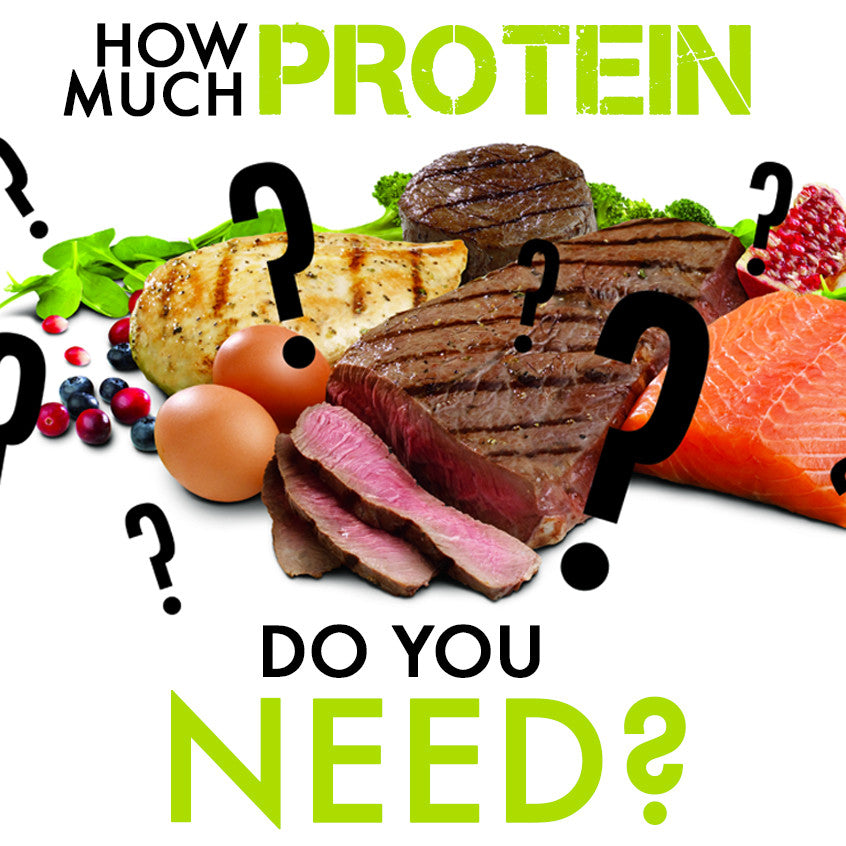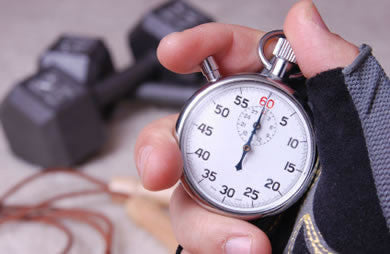Your cart
Order special instructions
Discount
Discount invalid. Please make sure the discount details are correct.
Discount code is already applied.
Discount applied!
FLEXPRO CONNECT

FLEXPRO CONNECT
by Nathan Corn on Mar 16 2016
If It Fits Your Macros, or IIFYM as the “fitness crowd” calls it is relatively new as a meme, formerly known as “flexible dieting” but the dietary principles have actually been around for quite some time in the fitness world.
IIFYM, or flexible dieting, is a method of dieting that revolves around meeting daily macro nutritional intake targets, and not on what you eat to get there. It’s essentially a form of calorie counting (a gram of protein and carbohydrate both contain about 4 calories, and a gram of fat contains about 9). Tracking Your Macros
How Many Calories should I eat per day?
How many grams of protein should I consume per day?
How many grams of carbohydrates should I consume per day?
How many grams of fat should I consume per day?
*Need help calculating?! Check on our pasts posts and Keep an eye out for future blogs where we teach you how!

FLEXPRO CONNECT
How Much Protein Should You Be Eating?
by Mackenzie Diekmann on Feb 23 2016
Find out how to calculate the right amount of protein for you!
Figuring out how much protein you should be eating can be super confusing for a lot of people with all of the conflicting information out there. So what's the right amount for you? The answer is-- it depends! Huge factors that figure into how much protein you should be consuming is your lifestyle and fitness goals, so not everyone will be the same. For instance, a professional bodybuilder would definitely not be taking in the same amount of protein as the average Joe who lives a sedentary lifestyle. Here is a chart that shows the suggested daily intake of protein according to your fitness goals/lifestyle:
Goals/Lifestyle
Daily Protein Intake
Muscle Building/Getting Toned
1-1.5g Protein/Pound of Current Body Weight
Weight Loss
1g Protein/Pound of Target Body Weight
Average Healthy Sedentary Person
.36g Protein/Pound of Current Body Weight
Examples:
A 180 lb guy looking to add some muscle would take in anywhere from 180-270 grams of protein per day.
A 200 lb woman wanting to lose 30 lbs should take in about 170 grams of protein/day.
How to fit all of your protein into your diet:
Once you've calculated what your daily protein intake should be, you might be thinking, "That's A LOT of protein! How am I going to get all of that in?"
Don't worry-- it's possible! The easiest way to fit all of your protein in is to divide it up into 5-6 meals per day. For instance, someone who needed 200 grams of protein a day might eat 6 meals a day with around 33 grams of protein/meal. Protein bars and proteins provide a great way to help you supplement protein into your diet without having to take the time to cook a piece of meat 5-6 times/day. Just be careful to keep an eye on their nutrition labels. Lots of shakes and bars boast that they are healthy, but harbor a crazy amount of added sugar that you probably don't need!
What ways do you add the needed amount of protein to your diet? Let us know in the comments below!

FLEXPRO CONNECT
by Mackenzie Diekmann on Oct 05 2015
Get Ready to Burn More Fat in Half the Time!
If you've been to a gym or opened a fitness magazine lately you've probably have at least heard of the word HIIT, but what the heck does HIIT even mean? HIIT stands for High Intensity Interval Training, and it has very quickly become one of top trending ways to burn fat. Why? Because if done correctly you can burn up to 9 times the amount of fat than a traditional steady-state cardio workout would!How is it Done?HIIT is done by alternating high intensity exercises with low intensity exercises (or resting) for a set amount of time (20-60 seconds) and can be done with pretty much any bodyweight exercise including running, squatting, lunging, kicking, punching, jump roping, & more! Benefits of HIIT
Metabolism Increase- HIIT will speed up your metabolic rate for up to 48 hours after you've finished working out.
Fast & Convenient- Most HIIT routines are less than 30 minutes and you can literally do it anywhere since little to no equipment is required. Gone are the days of not having time to workout!
No Equipment Required- The only weight you need for HIIT is the weight your own body supplies. Most moves in HIIT routines use bodyweight exercises; although, feel free to add weighted moves to up the intensity.
Burns More Fat While Retaining Muscle- Studies have shown that over a 20 week period, people who consistently did HIIT routines burned 9 times the amount of body fat and retained more lean muscle mass over the people who just did low intensity, steady-state cardio.
Ready to give HIIT a try? Here are few example workouts for you to give a go!10 Minute Beginner HIIT Workout 3 rounds- 20 seconds high intensity, 10 seconds rest
Jumping Jacks
Squats
Jab, Cross (Right Side)
Jab, Cross (Left Side)
*30 seconds of rest in between each round
Advanced HIIT Workout3 Rounds- 45 seconds high intensity, 15 Second Rest
Burbpees
Jumping Lunges
Tricep Dips
Side Lunges
Push-ups
Tuck Jumps
Mountain Climbers
*1 minute of rest in between each round
Have you tried HIIT Before? Let us know your favorite workout in the comments below!
